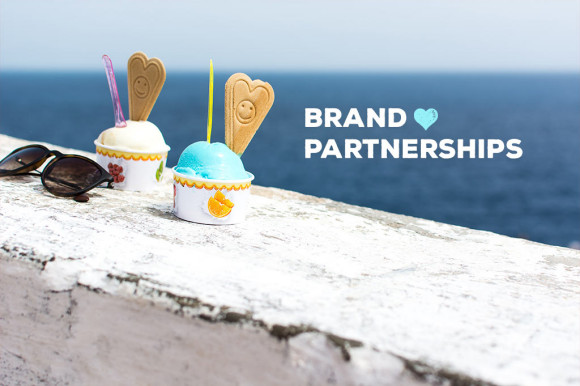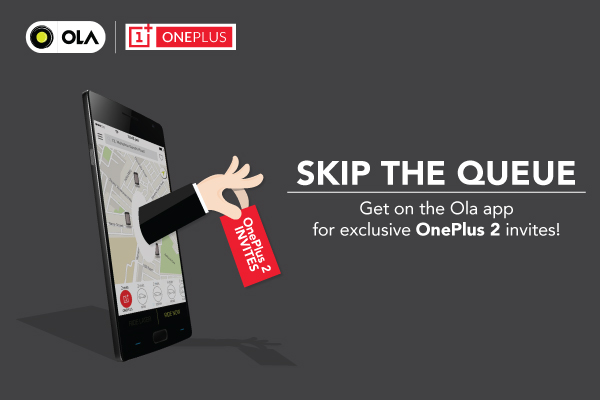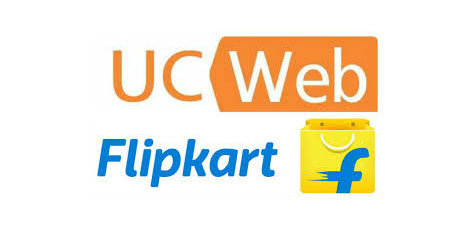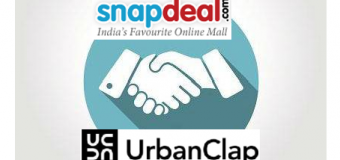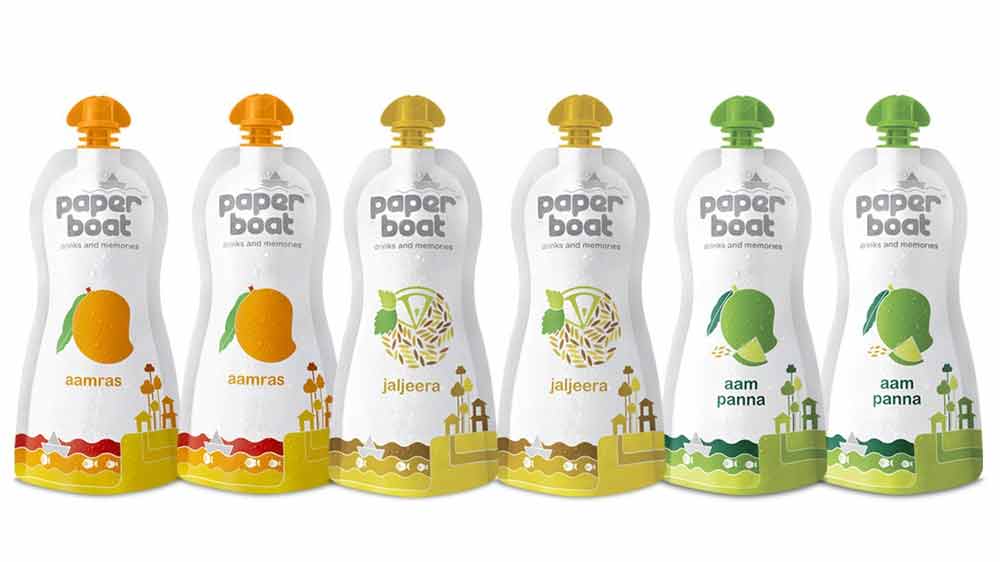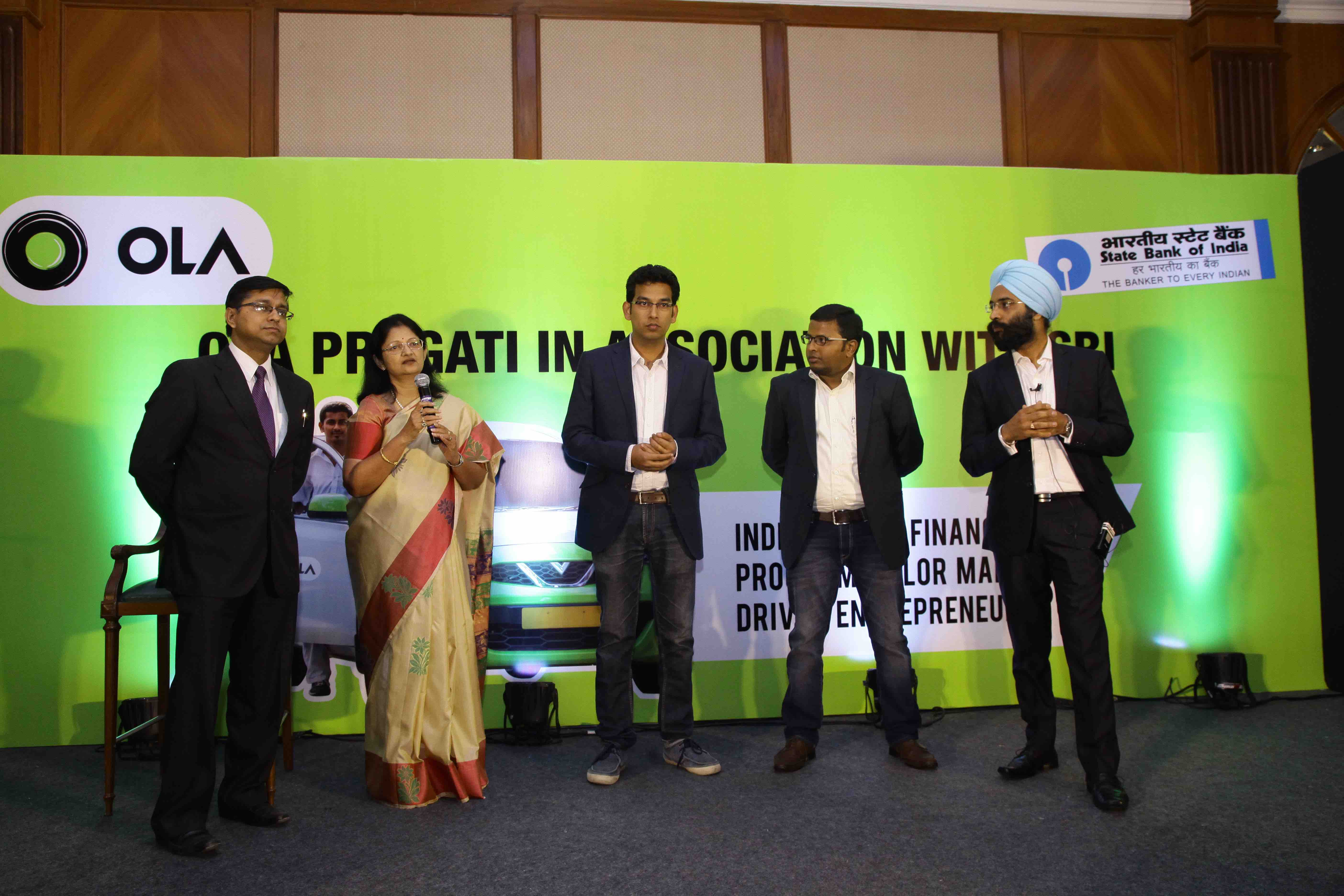Lo and behold! The 8th P of Marketing is here – Partnerships
Almost 5 decades ago, the father of modern marketing, Philip Kotler, gave us 4 Ps of Marketing.
THE 4Ps of MARKETING
The relevance of the 4P model is debatable in the context of this day and age even though marketing planning is driven by it in theory and principle at least. Back in the sixties, the 4 Ps of Marketing were conceptualized, keeping in the mind the nature of businesses which were both traditional and offline. Inevitably, things have changed in the last 50 years, however, in my opinion the 4 Ps can still be applied to most, if not all modern-day businesses.
Product
This is the most important P out of all. A bad product no matter how good the other Ps may be, will not work. However, a good product might not even need a lot of marketing. There are a lot of old and new brands around us that prove the same. People these days are also more willing to trash a bad product/service with unlimited and instant access along with multiple touch points to voice their opinion. As they say, sex will always be in the product, not marketing.
Place
This implies how a product or service is accessed by end customers. Businesses and marketers need to figure out different customer touch points where the said product/service will be bought. And as the mantra goes, it is all about being at the right place at the right time.
Price
So far, the Indian audience has been completely price sensitive. This makes the Price of 4Ps very important. It can also become thin ice to walk on for marketers because if you make it your only selling point you could end up with a disaster like Tata Nano. On the flip side however, if you ignore this completely you could end up being a Meru among Ola and Uber. But, if you play it all right you could create the storm similar to the one created by One Plus in a world dominated by Apple and Samsung.
Promotion
Popular understanding will dictate that this is what marketing is all about. Promotion comes only after the 3Ps that came before it are taken care of. This becomes extremely important when the category that your product is placed under is either new or the competitive environment is too high.
Then came along 3 more Ps not introduced by Kotler but by other marketers who attributed the need for it to the ever evolving nature of media and businesses that needs to be marketed.
7Ps of MARKETING
People
Being obvious, a lot will always depend on the people who drive the marketing efforts of our company which form the culture, nature and personality of the brand
Processes
The low involvement give and take relationship between a business and a customer no longer works in 2016. People are highly involved and reactive to the smallest things that brands do, which makes this P important as the customer journey is long and Zero Moment of Truth is a reality. A customer is your customer not just at a time when money and goods are being exchanged but also when he/she is researching about your product or service till the time of actual delivery. An impact is being made at every step of the process and if you falter at any point, you have lost the battle and the customer.
Physical Evidence
This in my opinion is the greatest barrier to product adoption especially when more than 50% of customers of any product or service belong to the “Late Majority” or “Laggards” category. Until and unless people do not see a physical evidence of the product that they are going to buy there are less chances that they will end up buying it. As a result, an Urban Ladder is forced to send furniture on a try and buy basis to convince the user of its quality. Other e-commerce websites as well have a 30 day no questions asked return guarantee to provide evidence that the product is genuine. Even for restaurants and hotels this P in the form of reviews and testimonials on independent websites becomes extremely significant.
Those were the 7Ps of Marketing,
8th P OF MARKETING
In recent times an 8th P has come up which has become integral to marketing. This is called Partnerships.
Partnerships – The 8th P of Marketing
The 8th P of Marketing stands for the strategic brand partnership between a product or service with a non-competing product or service
This has become an important role in marketing teams and it works in the start-up ecosystem as user needs are often interchangeable and exist together for different products and services at the same time.
For instance, I can today, book a flight using MakeMyTrip to a different city, call for an Uber to pick me up from the airport, go to a restaurant after researching the same on Zomato and end up booking a OYO room. Now in the above scenario if these non-competing mutually exclusive brands tie-up, they can not only take mind space in the user life cycle but also leverage each other’s area of expertise to connect with their end-user
Increasing importance of the role “Strategic Brand Partnerships”
A sample Job Description for Marketing Manager role in a leading e-commerce company.
Let’s look at some examples in the last few years which will make you think that the 8th P of Marketing is actually here in the form of Partnerships!
Zomato partners with Tinder to launch a “Tinderlicious” collection on Valentine’s Day
Zomato launched a whole new category called “Tinderlicious” which featured the best dining places and bars to go on Valentine’s Day. This collection was based on user search trends on Zomato on Valentine ’s Day. The partnership was ideal for both but I am guessing it worked more for Tinder than for Zomato considering Tinder is trying hard to set up and increase its user base in India while Zomato is already “THE go-to platform” for restaurant discovery.
Airtel partners with Uber to give free 4G connection to Uber riders
This in my opinion was one of the smartest partnership deals that Uber has struck out of many others. Uber rides especially in cities like Bangalore & Mumbai can get really long and taxing and a high-speed wi-fi connection is a small attempt to make it bearable. For Airtel obviously it helps them reach out to an audience to give them an experience of their 4G speed which they are so heavily promoting to become the smart phone network of India.
Ola partners with OnePlus to giveaway free OnePlus 2 invites to users
At a time when more than 3 million people were eagerly waiting in queue for the OnePlus 2 invites Ola decided to cash on the hype by offering 2 exclusive invites to its users. This is an ideal partnership for 2 upcoming start-ups looking to occupy as much consumer share of mind as possible.
Flipkart partners with UC Browser to launch mobile website
Unsure about the nature of this partnership but it made sense for one of the leading e-commerce players to join hands with the best mobile web browser in India to launch its mobile website exclusively.
Snapdeal partners with UrbanClap to offer personal services on its android app
The problem with e-commerce in India right now is that the valuations are great, the traffic is huge however the barriers are plenty from user adoption to competition to operations and government regulations. Snapdeal which is now one of India’s leading e-commerce, online shopping websites is facing the above mentioned issues at the same time struggling to keep up with the pressure of generating revenue. Therefore it is a good move by the partnerships team at Snapdeal to tie up with non-competing popular brands like UrbanClap, Zomato, Cleartrip to monetize its increasing traffic who currently may or may not be buying on Snapdeal. This gives Snapdeal customers an extra something to experience, gives a revenue commission cut for Snapdeal and generates more customers for its partners. The result of it all-Everyone’s happy!
Paperboat partners with Top Ramen maker, Indo Nissin to beef up distribution for the drink
We all know that the single biggest challenge for an FMCG or a beverage product is distribution. If you’re not present, no one will buy, as simple as that. That is why the importance is a lot on packaging, placement and price. This is where Physical Evidence and Price comes to play. It makes complete sense for a start up like Hector Beverages to exclusively partner in order to expand the reach of its drink, Paper Boat through the Japanese food giant and maker of Top Ramen, Indo Nissin Foods who has close to 200,000 retail outlets across 200 cities. However, I don’t really think this was a strategic brand partnership but more like a business partnership but gives PR mileage to both brands to call it a partnership out in the open.
Urban Ladder partners with Bajaj Finance to offer interest free EMI payment option
The average ticket size of an online furniture buyer is around Rs. 20,000. This gives enough opportunity for Bajaj Finance Ltd to sense the need for an EMI option. It gives the customers of Urban Ladder an opportunity to break the barrier before they can start a purchase, At the same time, Bajaj Finance can later on sell these customers its other insurance, loan products. A win-win situation for all.
Tata Housing partners with Amazon to sell homes online
Now this is strategic brand partnership in the truest sense where the Marketing team becomes the revenue generator instead of a cost center. Obviously, Amazon is not looking to sell homes in the long run. Obviously, Tata Housing would not have been able to generate the kind of traffic it did if it wouldn’t have been for Amazon. As mentioned above a large non-monetize traffic on Amazon was used to generate traffic for a non-competing brand which resulted in a win-win situation for both.
Ola Cabs partners with SBI to provide easier loans to cab drivers
One of the top priorities of Ola and Uber have been to always have cabs on the road. A crucial step here was to develop the category of driver entrepreneurs so that more people can buy cars and then in turn add on to the Ola and Uber fleet. This made Ola’s strategic alliance team come out with a program called ‘Ola Pragati’ which partnered with SBI to bring customized daily repayment loan scheme to own a car. Only an insider on Ola can tell us how many driver entrepreneurs actually ended up coming on board through Ola Pragati but this partnership made complete sense for Ola, though I’m not sure what this did for SBI apart from generating PR mileage.
What do we know? What have we learnt?
- Principles behind marketing planning need to evolve constantly to keep pace with the changing trends around marketing, both online and offline.
- Partnerships & alliances will soon become an integral part of marketing planning as the customer life cycle involves an involuntary interaction with different brands when the intent was to just interact with one of them.

